Non-sterile Compounding Chapter
Compounded product
Cant be commercially made
Not FDA approved
Sterile vs Non-sterile
prepared for an individual patient based on a rx
U.S. Pharmacopeia (USP) 795
Sets the standards for nonsterile compounding preparations
Minimum acceptable standards by the FDA, state boards of pharmacy, and the Joint Commission
1/187
There's no tags or description
Looks like no tags are added yet.
Name | Mastery | Learn | Test | Matching | Spaced |
|---|
No study sessions yet.
188 Terms
Compounded product
Cant be commercially made
Not FDA approved
Sterile vs Non-sterile
prepared for an individual patient based on a rx
U.S. Pharmacopeia (USP) 795
Sets the standards for nonsterile compounding preparations
Minimum acceptable standards by the FDA, state boards of pharmacy, and the Joint Commission
Compounded non-sterile preparations (CNSPs)
Orally (+ via tube)
Rectally
Vaginally
Topically
Nasally
In ear
Usually to prepare a dose/formulation that is not commercially available: solid to liquid, avoid an excipient, add a flavor
Space requirements for CNSPs (5)
Can be in ambient air (room air), but must be separated from the dispensing part of the pharmacy (specifically designated)
Ingredients, equipment, and containers must be stored off the floor
Temp should be monitored daily (continuously)
Sink with hot and cold water
Purified water, distilled water, or reverse osmosis water needed for rinsing equipment and utensils
Compounding personnel requirements for CNSPs (5)
Must be designated person responsible for site
Training with documentation (proficiency in core competencies initially and every 12 months)
Core competencies: hand hygiene, garbing, use of equipment, cleaning, mixing, documentation
Must notify designated person if concern for contamination
When entering compounding area, must use hand hygiene with soap + water >/= 30s and gloves are required
CNSPs personnel requirements for garbing
remove jewelry, hats, headphones
proper hand hygiene
gloves
Compounding equipment requirements for CNSPs (3)
3 Cs: Clean, Calibrated, Compatible
Calibrated regularly to confirm accuracy
Equipment made of material that doesn't react with ingredients (metal spatula shouldn't be used with metal ion containing drugs)
All measurements should be made in the metric system
Balances used to weigh CNSPs
Class III Torsion balance (Class A balance)
Electronic balance (analytical balance or scale)
Class III torsion balance
Is a two-pan balance that uses both internal ( 1g) weights
Have a sensitivity requirement (usually 6mg) and MWQ (usually 120mg)
Never place material directly on balance (place on weigh boat or glassine weighing paper - coated to reduce moisture penetration)
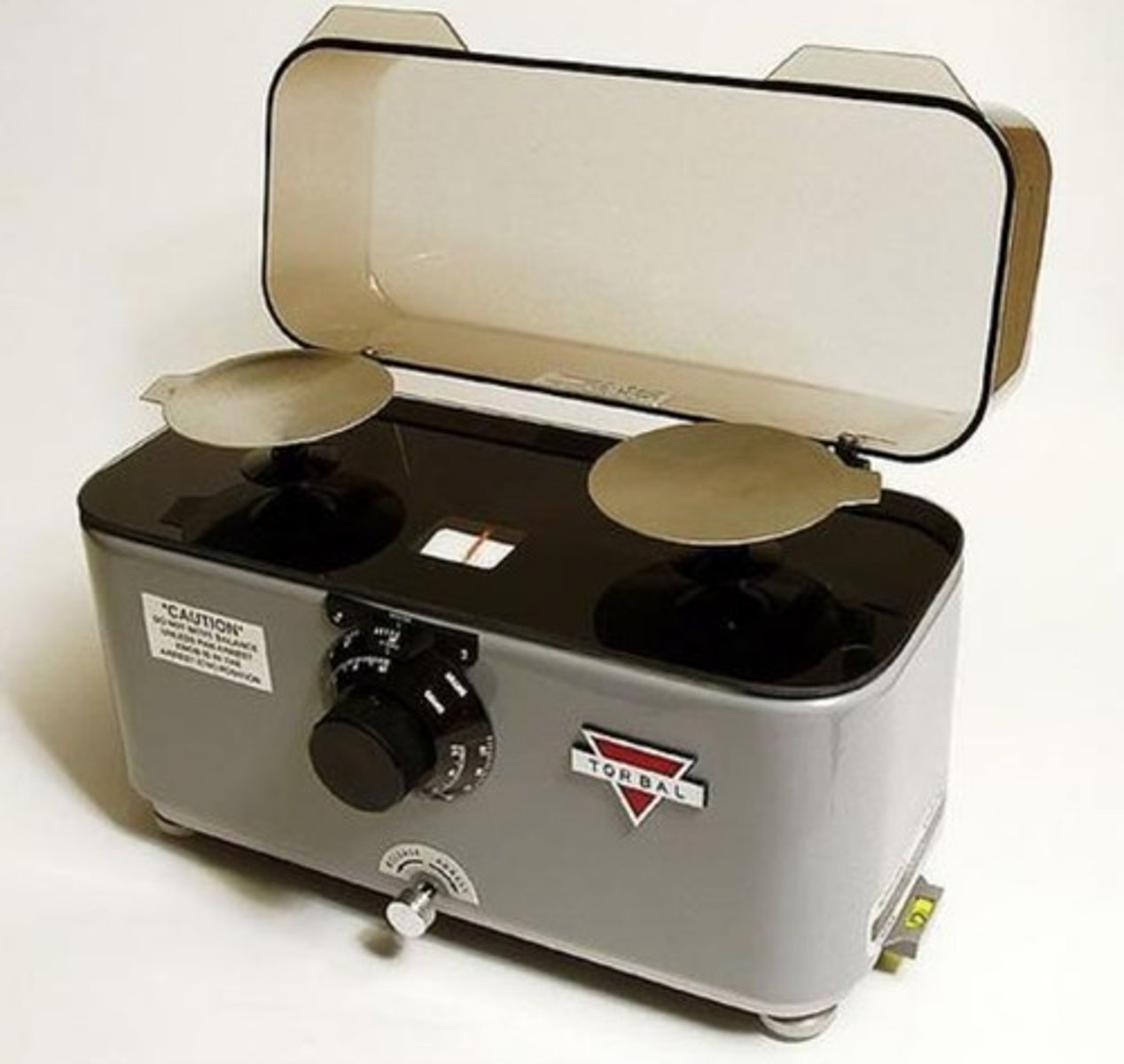
when would you use external weights with a Class III torsion balance
if weighing > 1 gram
Electronic balance (analytical balance or scale)
Most common
Higher sensitivity than torsion balance (don't have to calculate MWQ)
Place weigh boat or paper on scale and tare or zero out so only the ingredients are weighed
Never place material directly on balance (place on weigh boat or glassine weighing paper - coated to reduce moisture penetration)
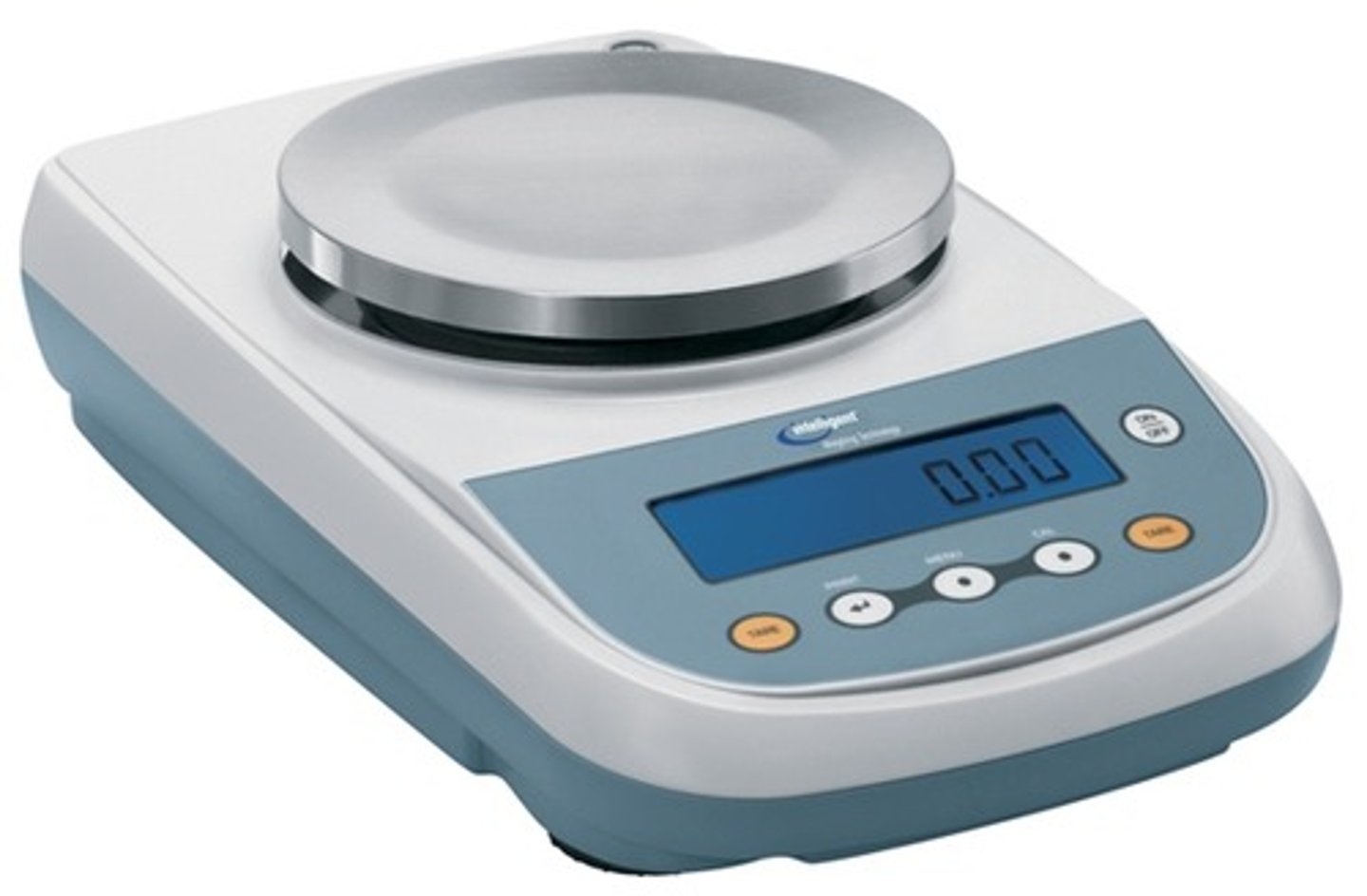
Graduated cylinder
used to measure the volume of a liquid
has same diameter from top to bottom of container
more accurate than conical graduates or beakers
maintaining measurement accuracy
20% rule
measure on flat surface
read volume at eye level (bottom of meniscus)
The wider the mouth of the graduate measuring device
the lower the accuracy
Measuring volumes that are smaller than _________ of the graduates capacity can cause a measuring _____________
20%
error
Syringes
Oral and hypodermic (injection/parenteral)
Most accurate for measuring small volumes
What instrument is preferred to measure viscous liquids
Syringes
Like glycerin and mineral oil
Oral Syringe safety
Clearly label by placing a "For Oral Use Only" sticker over the syringe cap
Pipettes and droppers
thin plastic or glass tubes to measure small volumes and release liquid in drops
Volumetric pipettes
Draws up a set volume only
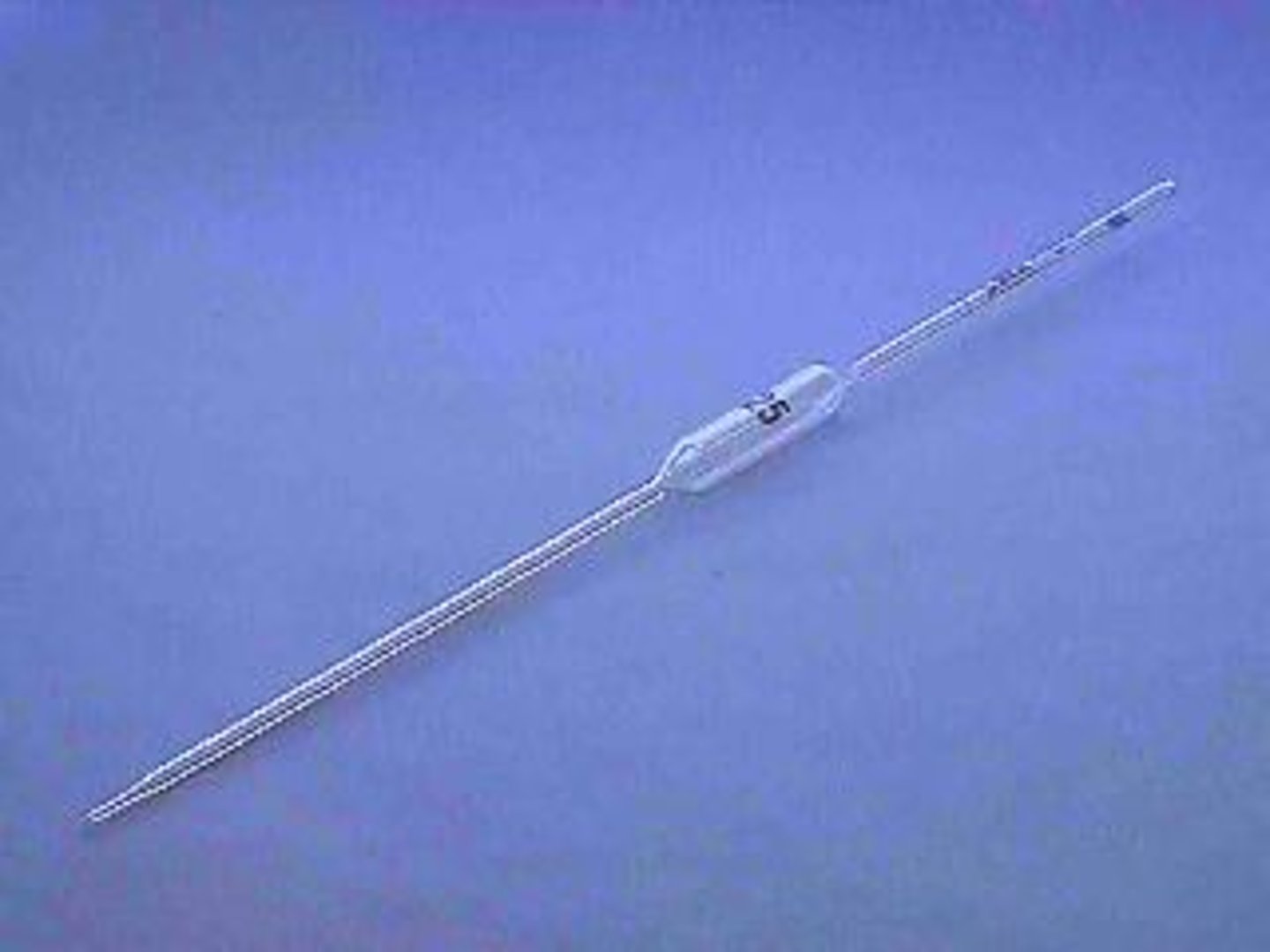
Mohr pipette
graduated and is used to measure different volumes
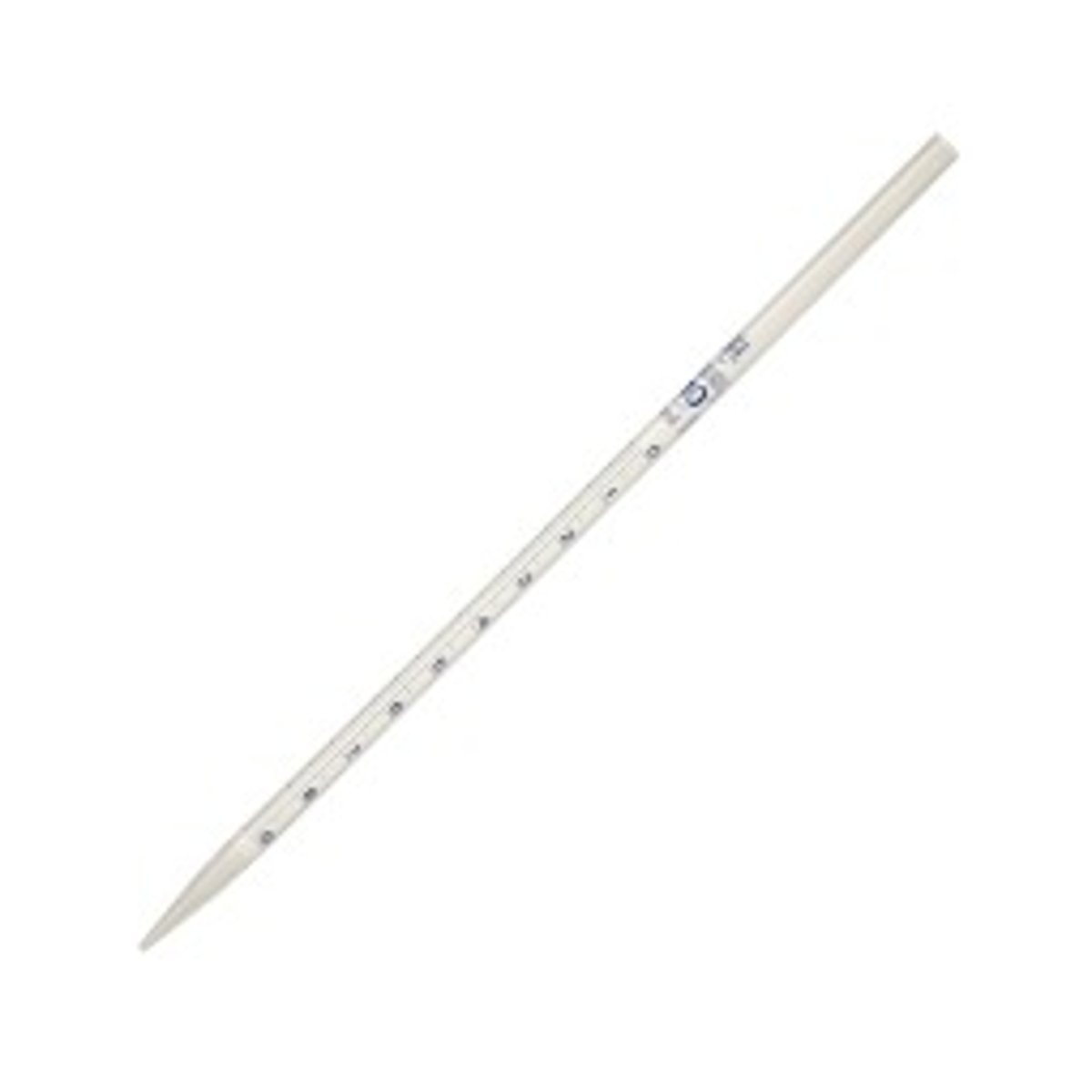
Glass mortars
for liquids (suspensions/solutions) and mixing compounds that are oily or can stain
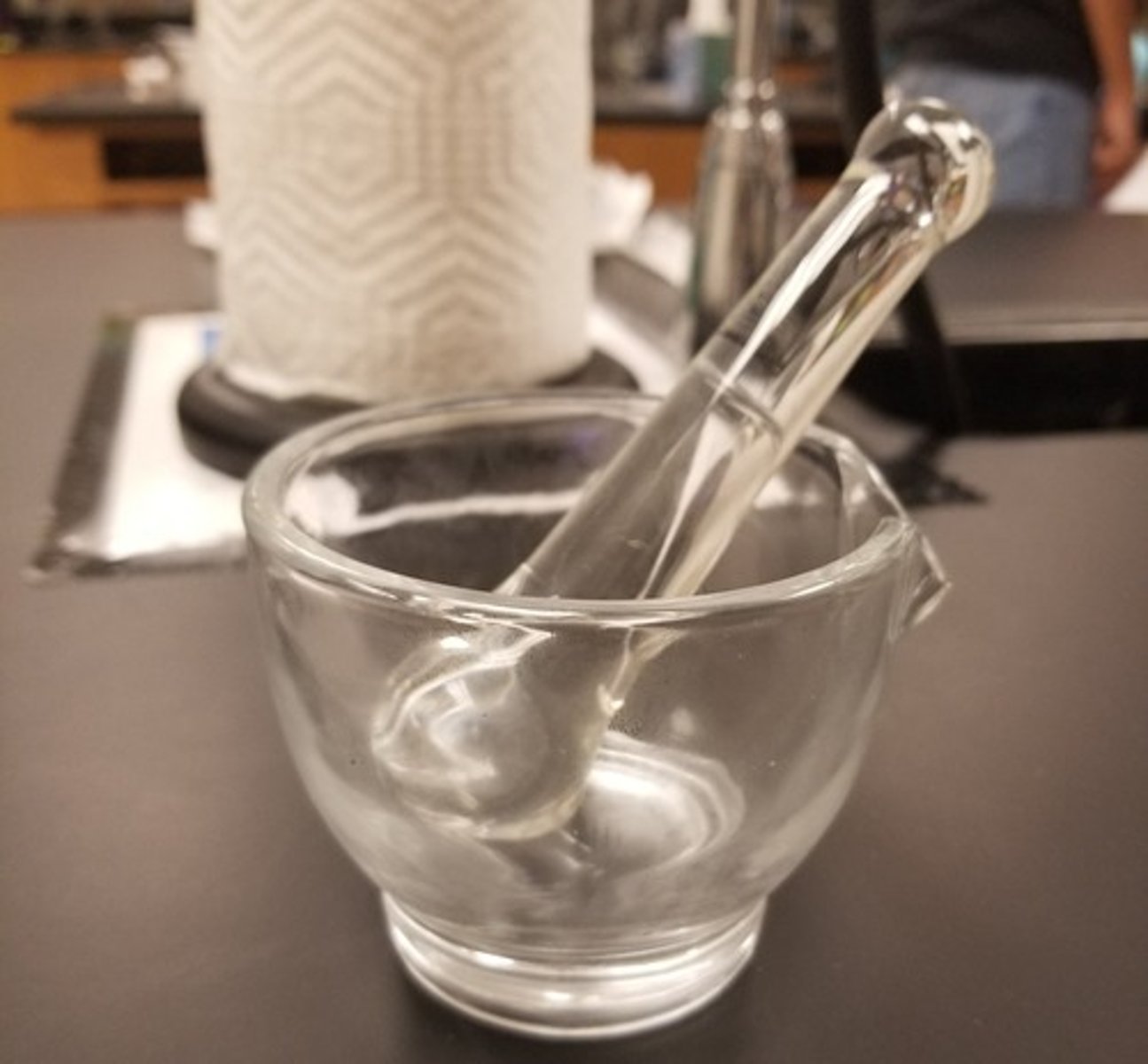
Wedgwood mortars
have a rough surface and are preferred for grinding dry crystals and hard powders
dont want to use with dyes because can easily stain
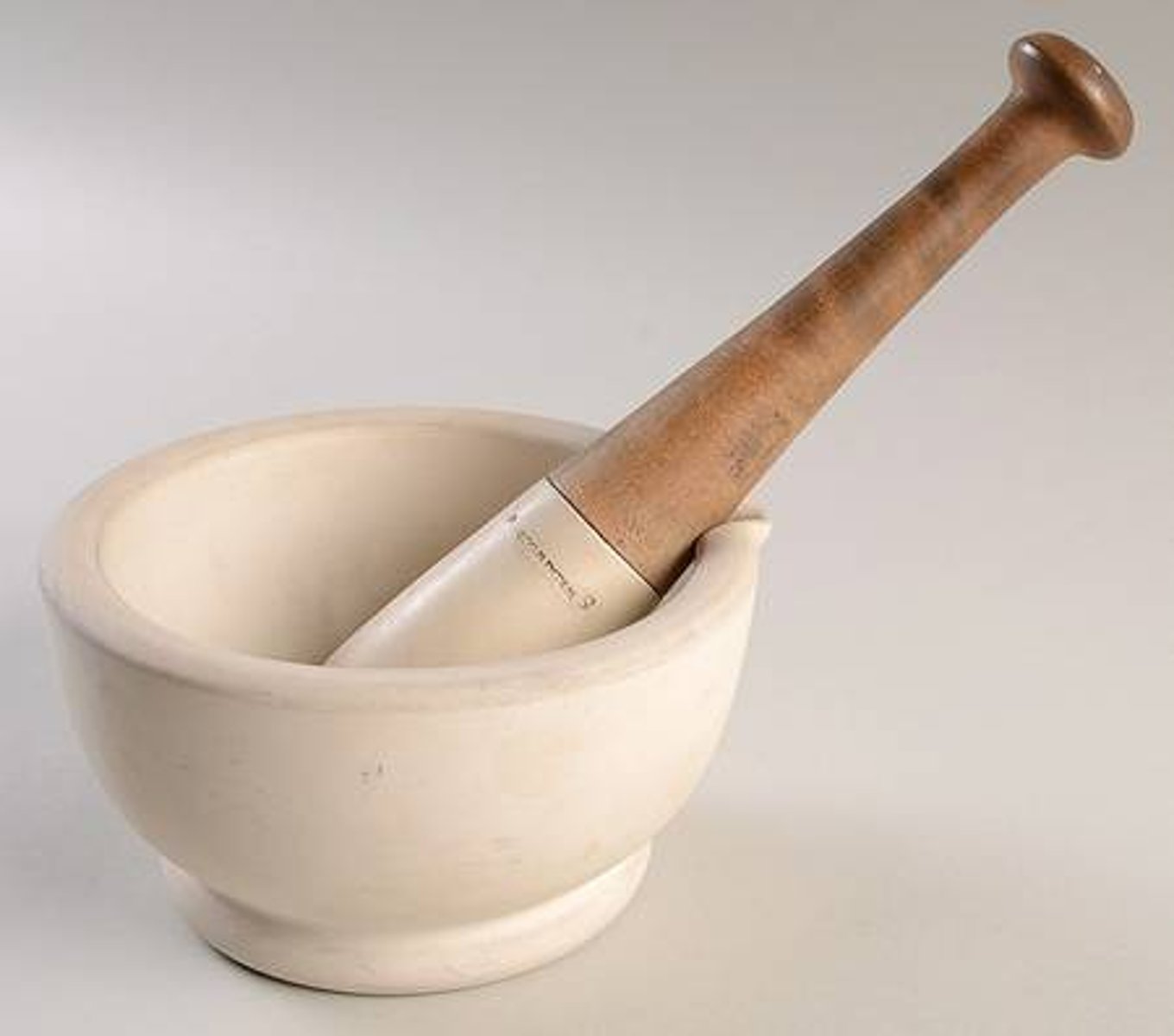
Porcelain mortars
Smooth surface, preferred for blending powders and pulverizing gummy consistencies
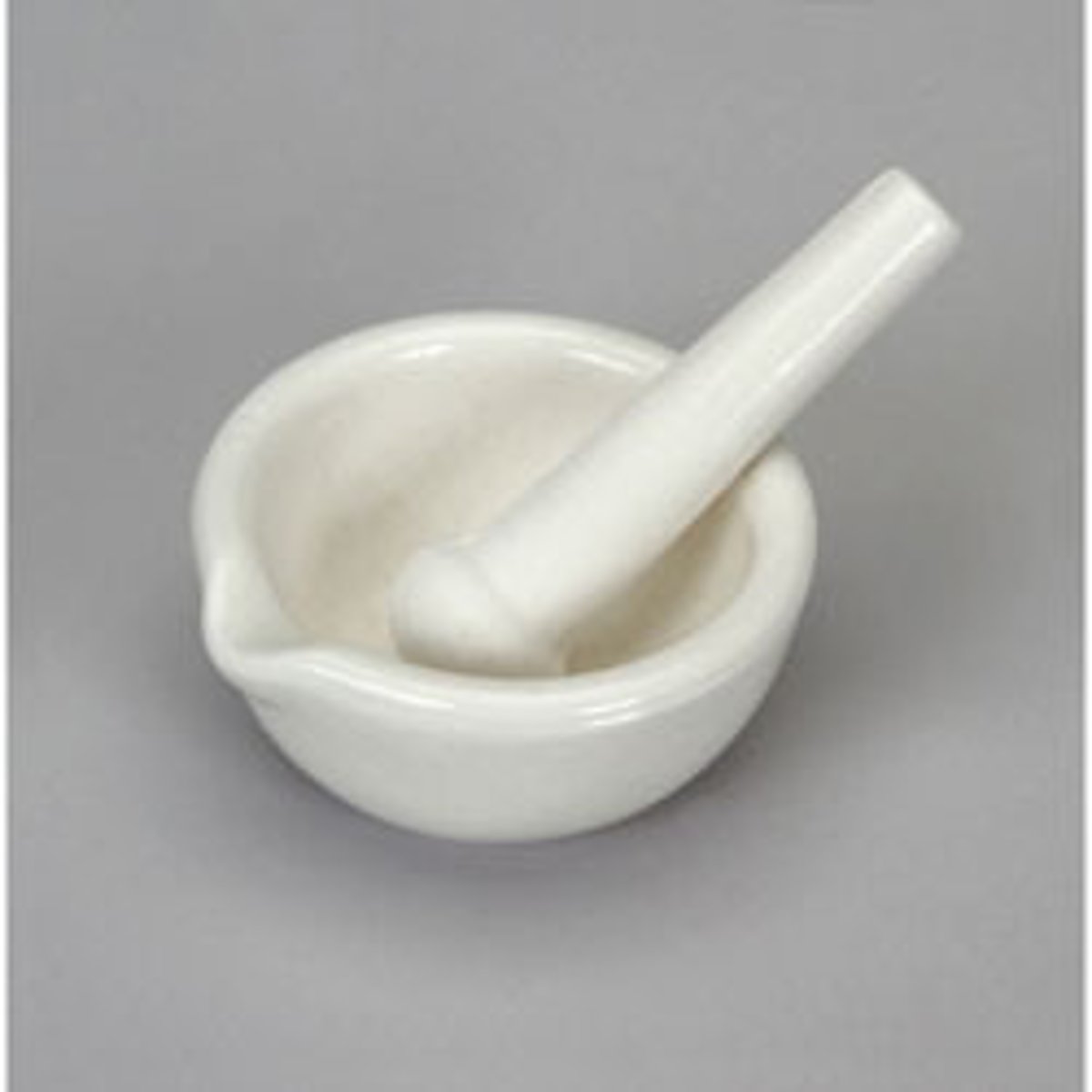
Spatulas
used to mix and transfer ingredients from one place to another
flat part = flatten and grind down ingredients and to pack preparations such as ointments into containers
made of stainless steel, plastic or hard rubber
- stainless steel and disposable plastic = used commonly
steel = NOT for mixtures with metallic ions
rubber = for corrosive material
Ointment slabs
flat board made of porcelain or glass
- used as a work surface for other purposes besides making ointments since the material is hard and non-reactive
can be used to form pills (pill tile), for rolling out suppositories
disposable parchment ointment pads can be used as a work surface for working with ingredients if water content of mixture will not cause it to tear
Powder sieves
sifters to ensure uniform particle size
Types of electric mixing equipment (3)
Ointment mills
Homogenizers
Grinders
Ointment mills
Draws the ointment between rollers that grind and homogenize the ingredients (make smooth and uniform)
Homogenizers
electric mortar and pestle
mix ointments, creams, semi-solids
like a blender, can be handheld and small
Grinders
Grinding hard tablets into a rough powder
Water bath
Heating device
when temp needs to be carefully controlled (protects ingredients from overheating and burning)
melted in a container (beaker) thats placed into a larger container filled with water that is on a hot plate
Molds
Reusable or disposable
To prepare tablets, lozenges, troches, suppositories
soft delivery vehicles (suppositories, lozenges) usually in a disposable plastic mold + refrigeration also helps maintain shape
tablet press
Two plastic or metal plates used to compress powder into tablets
Capsule shells made of gelatin
pork-derived
Capsules made from hypromellose
plant-derived
Ingredient quality of CNSPs (2)
Listed in USP National Formulary (USP-NF) and come from FDA-registered facility
If receive a product with a missing expiration date (needed to make sure product retains potency + is non-toxic): rph will assign a conservative date that is no more than 3y from the date of receipt
Common excipients
surfactants
binders
diluents/fillers
disintegrants
flavoring/coloring agents
lubricants
preservatives
buffers
adsorbents
anti-foaming agents
coatings (regular)
gelling (thickening) agents
humectants
surfactants
contraction of the words surface active agent
lower the surface tension bw 2 ingredients (or phases) in a preparation to make them more miscible (easier to mix) - keeps the phases from quickly separating
amphiphilic (hydrophilic on one side and lipophilic on other)
leads to delivery of a more consistent dose by keeping drug dispersed longer
surfactant examples
Benzalkonium chloride
Nonoxynol 10
Octoxynol 9
Polysorbate 80
Sodium lauryl sulfate
Sorbitan monopalmitate
Span
Tween
PEG 400
Wetting/Levigating agents
Type of surfactant
reduce surface tension bw liquid and solid
levigation
technique to grind particles (make them smaller)
mineral oil
levigating agent for lipophilic (oil-soluble) compounds
surfactant
Glycerin or propylene glycol
levigating agent for aqueous (water-soluble) compounds
surfactant
suspending agents
Suspension is a solid dispersed in a liquid
Suspending agents are added to keep solid particles from settling
Don't keep suspensions separated for long and need to be shaken to redisperse the solid prior to use
aka dispersants or plasticizers
type of surfactant
commercially available suspending agents
Ora-Plus: keeps drug particles suspended and prevents settling, slightly acidic, bland taste
Ora-Sweet: like simple syrup, provides flavor to Ora-Plus
Ora-Blend: combo of ora-plus + ora-sweet
foaming agents
mostly used in manufacturing detergents and soaps
foam reduces the surface tension bw dirt (lipophilic) and water
type of surfactant
Polyethylene glycol (PEG) and poloxamer
P in PLO gel
both are delivery vehicles and surfactants
both have hydrophilic and hydrophobic parts
type of surfactant
emulsifiers
Emulsion is a mix of 2 or more liquids that are immiscible
Emulsifiers added to an emulsion to keep the liquid droplets dispersed throughout the liquid vehicle
Hydrophilic-lipophilic balance (HLB)
Twenty-point scale (0-20, 10 is the midpoint) indicating the affinity of an emulsifying agent for oil versus water
used to select the surfactant needed to make an emulsion
Low HLB number
<10 and are more lipid-soluble
Low HLB makes it Like Lipids
what type of mixtures needs a low HLB number emulsifying agent
water in oil (w/o) emulsions - usually topical
High HLB number
>10 and are more water soluble
High HLD makes it Hug H20
what type of mixtures needs a high HLB number emulsifying agent
oil-in-water emulsions (o/w)
binders (excipients)
let tablet stick together while permitting release while ingested
provide stability and strength
ex. starch paste
diluents + fillers (excipients)
to dilute or to bulk up amount
Tablet/capsule diluents/fillers
Sugars: lactose, mannitol, sorbitol
Starches
Calcium salts
Cellulose powder
Liquids diluents/fillers
water
glycerin
alcohol
Topicals diluents/fillers
petrolatum
mineral oil
lanolin
Disintegrants (excipient)
facilitate breakup of tablet after oral admin - need to be dissolved to be absorbed
cause it to absorb water which makes the tablet swell and release its contents
ex. alginic acid, cellulose products, starches
Salty or sweet flavoring mask what flavor
bitter
Mint and spices mask what flavor
poor
Acids (citric acid) enhance what flavors
fruits
Examples of sweeteners (excipients)
Non-caloric/artificial: aspartame, saccharin, sucralose
Glycerin
Dextrose
Sugar alcohols (mannitol, sorbitol, xylitol)
Stevia
Lubricants/glidants (excipients)
Keep ingredients from sticking
-CA & MG STEARATE
-peg
-mineral oil
-stearic acid
-talc
Glidants: improve powder flowability by reducing interparticle friction
Preservatives (excipients)
slow/prevent microorganism growth
required unless sterile or packaged as single-use
usually alcohols + acids
What population would you not use preservatives in
neonates
Examples of preservatives (excipients)
Chlorhexidine (also an antiseptic in surgical scrubs)
Povidone iodine
Sodium benzoate/benzoic acid/benzalkonium chloride
Sorbic acid/potassium sorbate
Methyl/ethyl/propyl parabens
EDTA
Thimerosal (contains mercury, used in some vaccines)
Cetylpyridinium chloride
Buffers (excipients)
Keep pH in a certain range (improves stability and solubility, decreases irritation)
Buffers used to maintain an acidic pH
HCl
Acetic acid/sodium acetate
Citric acid/sodium citrate
Buffers used to maintain an alkaline pH
Sodium hydroxide
Boric acid/sodium borate
Sodium bicarbonate/sodium carbonate
Buffers used to maintain a neutral pH
sodium biphosphate/sodium phosphate
potassium phosphate/metaphosphate
Adsorbents (excipients)
Keep powders dry and prevent hydrolysis reactions
Magnesium oxide/carbonate
Kaolin
Anti-foaming agents (excipients)
breaks up and inhibits the formation of foam
simethicone
Coatings (regular) - excipients
Prevent degradation due to oxygen, light, moisture, mask unpalatable taste
enteric coatings prevent drug degradation in the stomach for drugs that can be destroyed by stomach acid
Shellac, gelatin, gluten (food grade)
Cellulose acetate phosphate
Gelling/thickening agents (excipients)
Increase the viscosity of a substance - can stabilize it
Gelatin, cellulose, bentonite common - they swell when mixed with water
Examples of gelling agents
agar
alginates
various gums (guar, xanthan, acacia)
gelatins
bentonite (clay)
cellulose
starches
poloxamer (pluronic) gels
Humectants (excipients)
prevent mix from becoming dry and brittle bc when put into emollients, humectants draw water into the skin to moisturize
Ex. glycerin, glycerol, propylene glycol, PEG
Hydrophilic Solvents
Water
Sterile water
Alcohols (benzyl alcohol, IPA 70%)
Glycols (PEG 400, polybase)
Types of water purification
Purified water has been treated to remove chemicals and contaminants: methods
Distillation
Deionization
Reverse osmosis
Carbon filtration
Distilled water
used for reconstitution to prepare oral suspensions and nonsterile compounding preparations
Potable water
Drinking/tap water
safe to drink
used for hand washing
Sterile water for injection (SWFI)
Hydrophilic solvent
used to make sterile drugs
must be free of bacterial endotoxins (pyrogens) produced by microorganisms that inhabit water
Alcohols
Hydrophilic solvents: alcohols that have high miscibility with water and can be used to dissolve solutes that would be insoluble in water
Benzyl alcohol + IPA 70%
Benzyl alcohol
used as solvent, preservative, and for aroma (fragrance)
IPA 70%
preferred disinfectant in sterile compounding
Glycols
Hydrophilic solvents: low freezing point, high boiling point, water soluble
PEG, Glycerin, propylene glycol
polyethylene glycol (PEG)
Used as a surfactant, solvent, lubricant
water soluble and water miscible
when PEG is linked to a protein drug
Pegylated - such as PEG-filgastrim, naloxegol
It increases the half life
PEG numbering
based on MW
PEG 400 used in compounding and PEG 3350 used as a laxative
Polybase
PEG mixture used as suppository base, good emulsifier
Hydrophobic solvents
oils and fats
Baby oil main ingredient
mineral oil
emollient
softens + soothes the skin (moisturizers)
humectants commonly added to pull in water from atmosphere + can be sticky
Ointments
Creams
Lotions
Gels
Pastes
Suppository bases
Best type of emollient for extremely dry or thick skin
ointment
Best emollient for normal and dry skin
cream
Best emollient for oily skin
lotions since they have the most water
Occlusive ointments
form protective barrier to prevent loss of water
petroleum jelly
theobroma oil (cocoa butter)
waxes
Definition of ointment
semisolids with 0-20% water
Ointment examples
petrolatum, polybase, aquaphor, aquabase